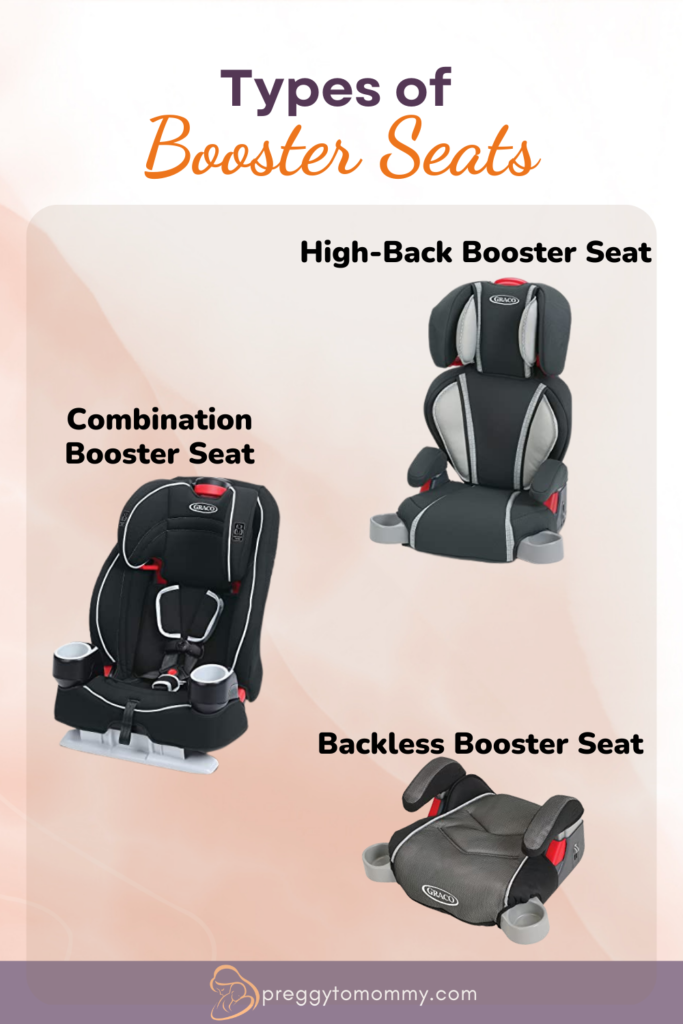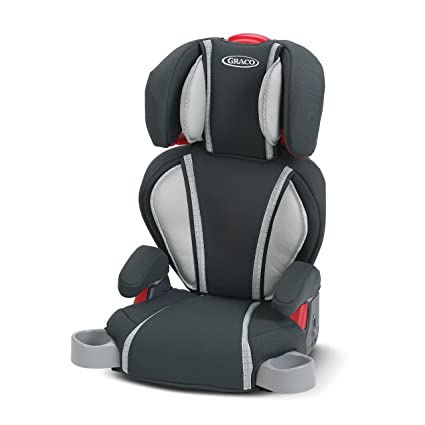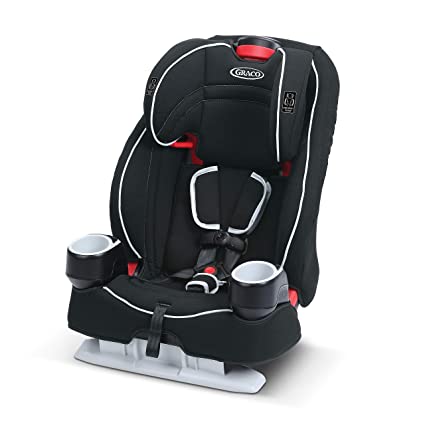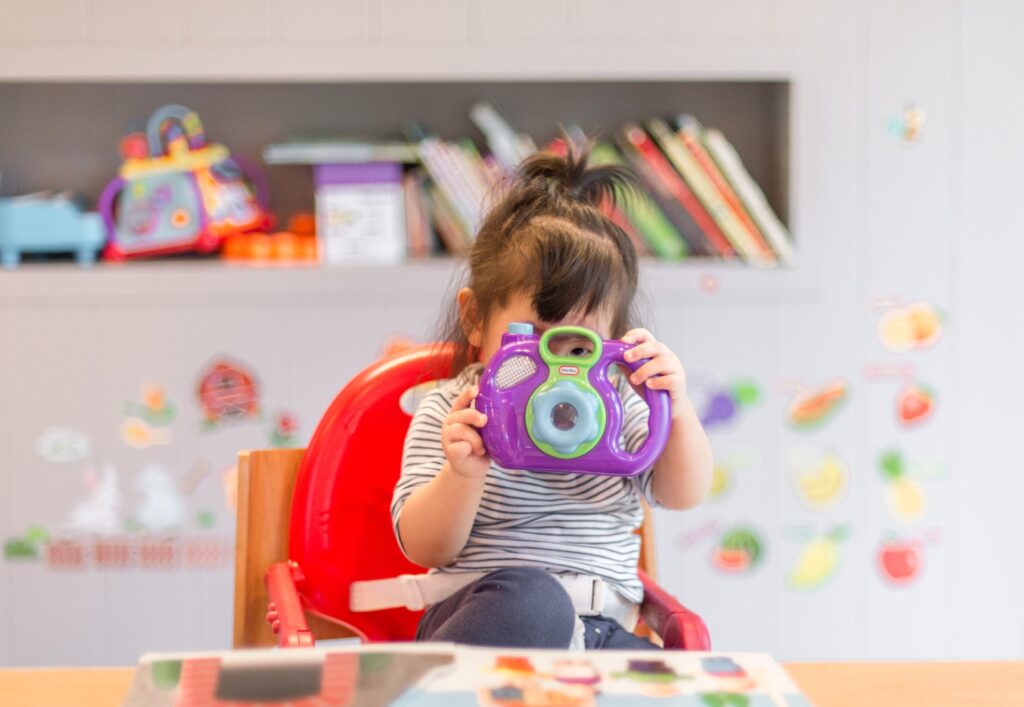Car seats are designed with adults in mind. So, it’s natural to worry about your child’s safety when they are in the passenger seat. That is especially true in the event of a crash.
Because of a child’s size, adult seat belts tend to lie on the belly and neck. But the support should be on their chest and pelvis. This raises the chance of injury due to the uneven distribution of crash forces.
This is where booster seats come in handy. They elevate the kids to the correct position so the car’s seat belt will fit them better. Some products function as both a stroller and a booster car seat.
Are you a parent wondering about child passenger safety? It might be time to consider a booster seat for your car.
Forward-Facing Car Seat vs. Booster Seat
A booster seat is not the only adjustment designed for child passenger safety. There’s a rear-facing seat and a forward-facing seat as well. They both fall under the category of a convertible car seat.
Usually, children are buckled in a forward-facing car seat. Afterward, they transition to a booster seat.
The child’s age, height, and weight must be considered before deciding on a seat. You need to research the law requirements as well. Moreover, you need to consider the child’s maturity.
There are phases in a child’s development that will help determine if it’s safe to put them in a booster seat. If not, they need a forward-facing car seat.
A forward-facing seat inclines a child upright for their growing legs. It is designed for ages three and five, once they outgrow the rear-facing seat. The weight limit is 20 to 80 pounds.
On the other hand, a booster seat is a cushion that elevates the child’s position. It is designed for children aged 4 to 12. They must also meet the manufacturer’s height and weight guidelines. The weight limit is 40 to 120 pounds. Meanwhile, height limits go up to 4 feet and 8 inches.
Types of Booster Seats

High-Back Booster Seat
High-back booster seats provide back, head, and neck support. It can reach up to the child’s ears. Most models have guides to put the vehicle’s seat belt across the child’s body.
Crash testing suggests that a high-back booster considerably reduces the risk of whiplash. That makes it a better choice for younger kids.
Graco turbobooster highback booster seat

Made of foam material, this Graco high-back booster seat is designed for children aged 4-10. It has a weight limit of 40-100 pounds and a height limit of 4.75 feet.
It has been through rigorous crash testing based on the New Car Assessment Program.
Backless Booster Seat
Backless booster seats are more traditional. Big kids prefer it over a high back booster because of its less assuming appearance. It is also a better choice for families with multiple children in car seats.
But you should only use this if your child is mature enough to sit properly. You should also make sure their ears are in line with the top of the car seat.
Graco turbobooster backless booster car seat

The Graco TurboBooster is the best backless booster seat you can get. It is designed for children aged 4-10. They must be at a weight of 40-100 pounds and a height of 3.58-4.75 feet.
It has been through repeated crash testing to meet U.S. Safety Standards. It also has extra cup holders on the side.
Combination Booster Seat
Has your child outgrown the weight limits for a five-point harness but needs its added safety features? Combination booster seats are what they need. They are basically high-back boosters. These seats have a removable five-point harness to keep kids safe and in place.
graco atlas 2-in-1 harness booster seat

Graco Atlas has the following:
- A forward-facing five-point harness
- A high-back belt-positioning booster seat
- An integrated harness storage
- Dual cup holders
- An adjustable headrest
It can be installed through rigid LATCH connectors. Moreover, this harnessed car seat has been through meticulous car testing. It meets child passenger safety standards required by law.
How to Install a Booster Seat
As with any type of car seat, booster seats have an installation and safety manual. Before installing one, register it with your car seat’s manufacturer. Car seat manufacturers are required by law to monitor such things.
Then, you can install it by following these steps:
- Decide where to place it. Booster seats should always be on the back seat for safety purposes. Some cars have a middle seat designed for booster installations.
- Follow the LATCH system if it is available. It stands for Lower Anchors and Tethers for Children system. There should be a built-in tether strap in the booster seat, and these will be hooked to anchors in the car. There are usually at least three tether anchors in a vehicle.
- If the LATCH system is not feasible, you can secure the booster seat using the seat belt. Some cars allow the use of both LATCH and the seat belt to install the seat.
- Have your installation checked by a verified Child Passenger Safety Technician.
How to Use a Booster Seat
- Secure the lap belt across your child’s upper thighs. You should find a plastic clip in the booster seat to serve as a guide.
- The shoulder belt should cross your child’s middle shoulder and chest. It has to be secure and steady enough not to choke them on the neck.
- Does the booster seat have LATCH connectors? Review the LATCH system manual for further instructions.

Wrapping Up
Parenting is a difficult but very rewarding task. Positive parenting involves a combination of many different things. And keeping your kids safe wherever they may be is one of them.
Installing a booster seat in your car will ensure that extra safety for your child. It is also a way to ease your worries during your time on the road.
Common Questions About Booster Car Seats
1. Is having a booster seat required by law?
Yes. Most states in the US require that children lower than 4 feet and 9 inches be seated in a booster seat. It should come with a child restraint to ensure safety.
2. How do you know if your child is ready for a booster seat?
Is your child already five years old and is at least 40 pounds? You may start to consider transitioning to a booster seat. You should also consider if your child is mature enough to behave.
3. Are booster seats expensive?
No. On average, booster seats cost as little as 20-30 USD. But well-reviewed high-quality booster seats cost around 50 USD.



